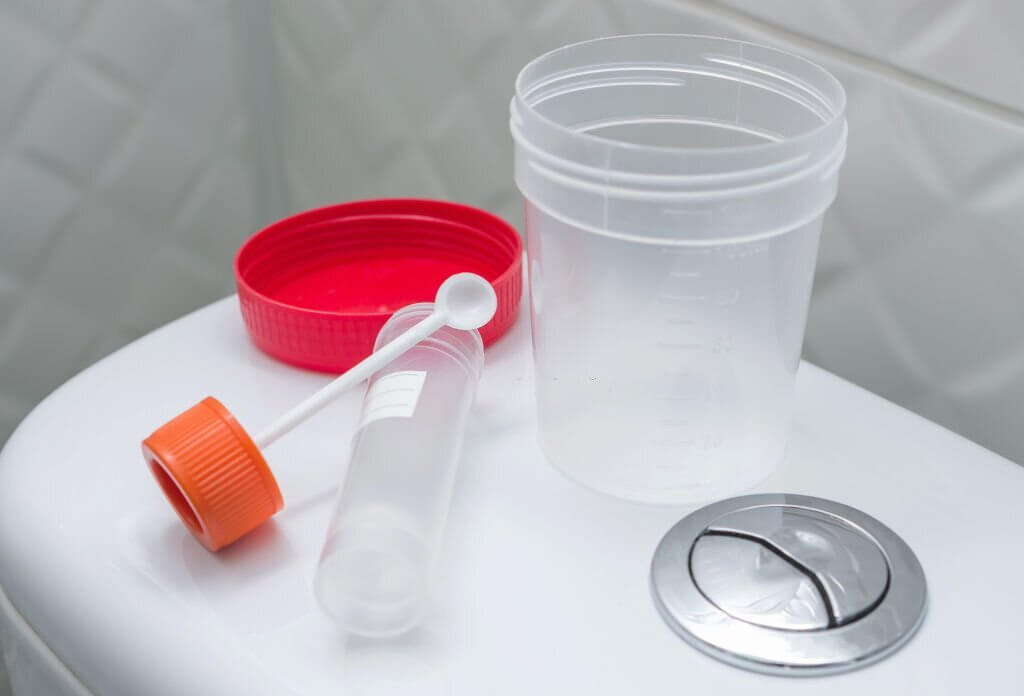News and Blogs
Stool Sample Collection Kits: Methods and Challenges

Stool sample collection kits are essential tools enabling microbiome research through large-scale epidemiological studies. This article explores various at-home stool collection methods, challenges in optimizing kits for diverse global contexts, and key considerations for maximizing participant compliance.
What are stool sample collection kits used for?
Stool sample collection kits are used to collect fecal samples from study participants for microbiome or other analyses. The human microbiome has become an important area of research, with links to health conditions like gastrointestinal diseases, cancer, and response to therapies. Large epidemiological studies and clinical trials often rely on participants to collect stool samples at home. The kits allow participants to collect samples in a hygienic and standardized way and store them until they can be analyzed in the lab.
What methods are used for at-home stool collection?
Several methods have been developed for at-home stool collection. Many kits designed for high-resource settings utilize flushable paper secured to the toilet seat, such as the OM-AC1 accessory with OMNIgene∙GUT kits. This allows direct collection of stool onto the paper, which is then sealed and returned. However, these kits require a modern toilet and seat which are unavailable in many low-resource settings. Alternatives include collection into plastic containers or tubes, with or without preservatives like 95% ethanol or RNAlater. Participants are typically instructed to collect a small spoonful of stool using the attached spoon or spatula. Gloves and illustrated instructions are also provided. After collection, samples are returned to the study center or shipped to the lab.
What are some challenges with at-home stool collection?
While at-home collection improves convenience for participants, it can pose some challenges. Stool consistency affects ease of collection, with constipation making it difficult. Sample quality can degrade at home over time before freezing. Contamination may occur during collection or storage. Return shipping adds cost, logistics, and may be unreliable in some areas. Acceptability of collecting intimate samples at home varies between cultures. Clear instructions and collection tools suited to the local context are essential.
How can kits be adapted for low-resource settings?
Specific adaptations can optimize stool collection kits for low-resource settings where modern toilets are unavailable. Simple collection containers like tubes or pots can be used in place of toilet seat paper. The collection device must not contaminate the specimen with water or dirt. Illustrated instructions may work better than text in regions with low literacy. Providing gloves and hand hygiene materials promotes sanitation. Samples can be returned quickly to the study center before significant degradation rather than relying on shipment. Understanding cultural norms and piloting methods are key when designing locally-appropriate kits.
What participation and compliance rates are seen with these kits?
Studies using at-home stool collection kits generally show good compliance, with participation rates around 80-90% in many studies. However, rates vary based on the population, with lower compliance in groups like cancer patients where constipation is common. Return of complete samples also depends on clear instructions and convenience of collection and return. In a study in rural Cambodia, 90% of women provided stool samples using simple collection tubes and pots. In Germany, 98% of participants returned complete kits after choosing between home or clinic collection. Designing an easy protocol can maximize participation with these intimate samples.
What are participants’ preferences for collection?
Given a choice, most study participants seem to prefer collecting samples at home rather than on-site at a clinic. In the German National Cohort study, only 8% chose clinic collection while 92% opted for home collection. Home settings allow greater privacy and control. On-site collection may only be feasible in a subset willing to provide fresh samples. However, acceptance is still high as long as instructions are clear. Understanding preferences can optimize collection methods.
In summary, at-home stool collection kits enable important microbiome research across diverse global populations. Both high-tech and low-cost methods can work well when designed appropriately for the setting. Further innovation in this area can help advance precision medicine through microbiome science.
Click to View → Mantacc FB-YT01 Disposable Stool Sample Collection Kit
References
- 1. Hogue SR, Gomez MF, da Silva WV, Pierce CM. A Customized At-Home Stool Collection Protocol for Use in Microbiome Studies Conducted in Cancer Patient Populations. Microb Ecol. 2019 Nov;78(4):1030-1034. doi: 10.1007/s00248-019-01346-2. Epub 2019 Mar 30. PMID: 30929045; PMCID: PMC6768769.
- 2. Fischer JAJ, Karakochuk CD. Feasibility of an At-Home Adult Stool Specimen Collection Method in Rural Cambodia. Int J Environ Res Public Health. 2021 Nov 26;18(23):12430. doi: 10.3390/ijerph182312430. PMID: 34886156; PMCID: PMC8656988.
- 3. Schultze A, Akmatov MK, Andrzejak M, Karras N, Kemmling Y, Maulhardt A, Wieghold S, Ahrens W, Günther K, Schlenz H, Krause G, Pessler F. Comparison of stool collection on site versus at home in a population-based study : feasibility and participants' preference in Pretest 2 of the German National Cohort. Bundesgesundheitsblatt Gesundheitsforschung Gesundheitsschutz. 2014 Nov;57(11):1264-9. doi: 10.1007/s00103-014-2051-z. PMID: 25293889; PMCID: PMC4210724.
Related Posts
Fecal Swab: Essential for Detecting Enteric Pathogens
Stool Sample Collection Kits: Why Is It Important?
Necessity of Fecal Sample Collection for Intestinal Parasite Diagnosis






